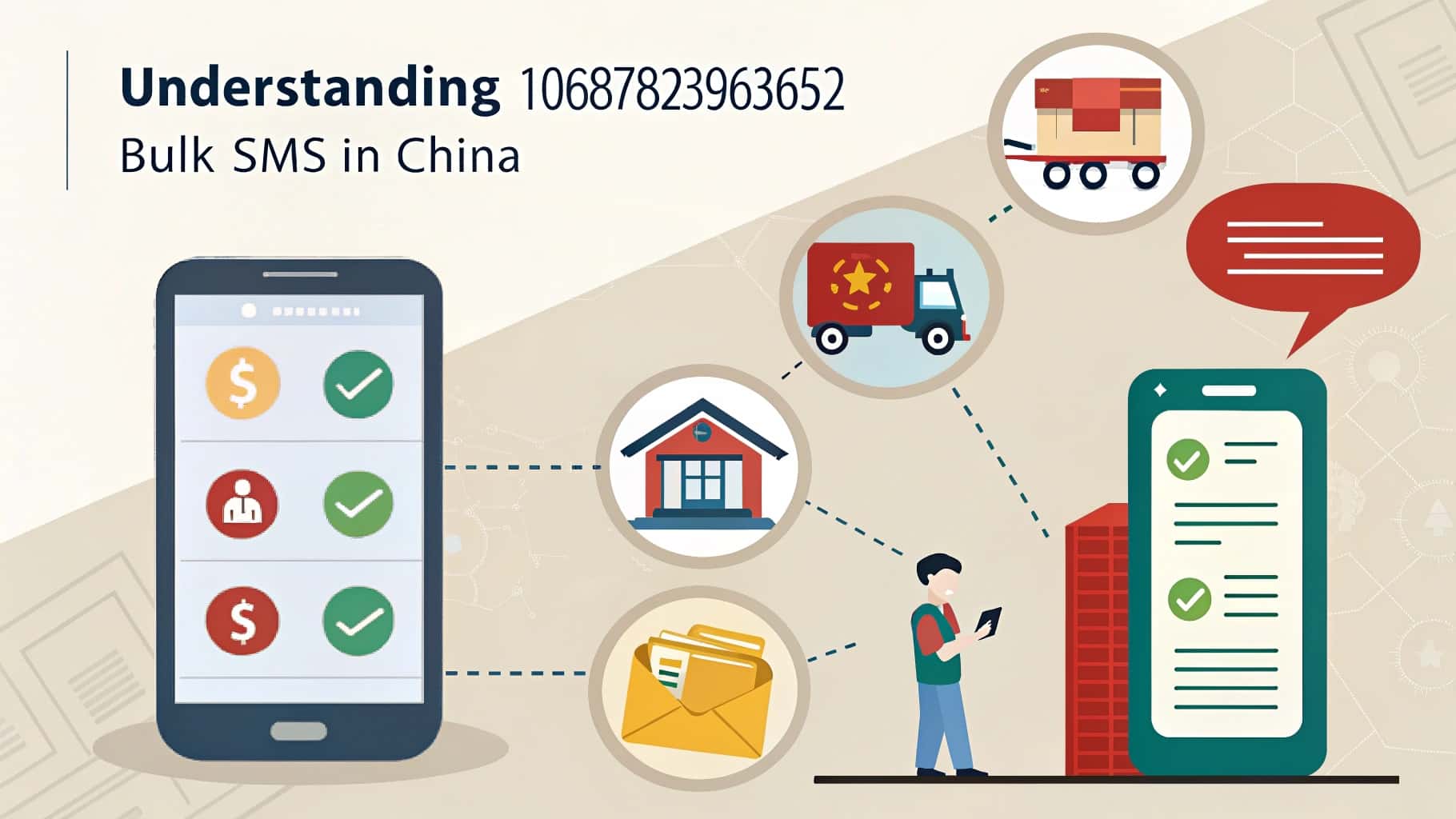Fintech platforms play a crucial role in digital financial transactions, but even the most advanced systems can face occasional issues. FintechAsia error codes are specific identifiers that help diagnose and resolve errors related to payments, authentication, compliance, and system functionality.
Whether you’re a fintech developer, financial analyst, or everyday user, understanding these error codes can help you troubleshoot problems quickly and ensure smooth financial operations. This comprehensive guide covers the different types of FintechAsia error codes, their causes, solutions, and best practices for handling them efficiently.
What Are Fintechasia Error Codes?
FintechAsia error codes are system-generated messages that highlight issues during financial transactions or processes. These codes are crucial for diagnosing problems related to transactions, authentication, or compliance within fintech applications. They help users and developers quickly understand what went wrong, allowing for faster resolutions.
For example, an error code might indicate insufficient funds, an expired authentication token, or incomplete verification documents. Understanding these codes is vital for maintaining smooth financial operations and preventing service disruptions. By recognizing and addressing these errors, businesses can ensure that financial services remain efficient and secure.
Why Understanding Fintechasia Error Codes Is Important?
Ensures Smooth Transactions:
When financial transactions fail due to system errors, it can lead to frustration and financial losses for users and businesses. Recognizing error codes allows for quick identification and resolution, preventing unnecessary delays and ensuring that payments, transfers, and other financial activities proceed smoothly.
Improves Security and Compliance:
Authentication failures and compliance errors can expose systems to security risks or regulatory violations. Understanding these error codes helps users follow necessary security protocols, such as re-authenticating or completing KYC verification, ensuring that transactions remain secure and meet legal requirements.
Enhances Customer Satisfaction:
Customers expect seamless financial transactions and frequent errors can damage trust. By quickly identifying and resolving fintech errors, businesses can minimize disruptions, reduce the number of support requests, and improve overall customer satisfaction, leading to better retention and a stronger reputation in the market.
Reduces System Downtime:
Server-related errors can cause unexpected downtime, disrupting financial operations and impacting business continuity. Understanding FintechAsia error codes allows IT teams to diagnose issues faster, apply necessary fixes, and optimize system performance, ensuring minimal service disruptions and maintaining a reliable financial infrastructure.
Why Will I Keep Seeing The Same Error Code On Fintechasia?
You may keep seeing the same error code due to unresolved underlying issues, such as incorrect configurations, connectivity problems, or API integration failures. To begin resolving this, you will troubleshoot step by step, checking each potential cause.
If the error persists, it’s important to consult technical support to identify the root cause. Furthermore, reviewing system logs and verifying your data entries will help you find additional clues. By addressing all aspects, you will eventually eliminate the error and ensure smoother operations.
Types Of Fintechasia Error Codes – Your Complete Guide To Resolving Issues!
FintechAsia error codes fall into different categories based on the nature of the problem. Below are the most common types:
Transaction Errors:
These errors occur when a payment or financial transaction fails. They can be caused by insufficient funds, incorrect account details, or network issues.
Common Transaction Errors:
- ERR_101: Insufficient funds
- ERR_104: Payment gateway timeout
- ERR_107: Exceeded daily transaction limit
Authentication Errors:
These errors happen when a user fails to log in or authenticate an API request. Authentication issues are usually caused by expired tokens, incorrect credentials, or security restrictions.
Common Authentication Errors:
- ERR_201: Token expired
- ERR_203: Invalid API key
- ERR_205: Multi-factor authentication failed
System Errors:
System-related errors indicate server overload, database connection failures, or technical glitches that prevent the system from functioning properly.
Common System Errors:
- ERR_500: Internal server error
- ERR_503: Service temporarily unavailable
- ERR_507: Database connectivity failure
Data Validation Errors:
These errors occur when incorrect or incomplete information is entered during a transaction or request.
Common Data Validation Errors:
- ERR_301: Invalid account number format
- ERR_303: Missing required field in request
- ERR_306: Unsupported file format
Compliance Errors:
Financial institutions must follow strict regulations, such as KYC (Know Your Customer) and AML (Anti-Money Laundering) policies. Compliance errors occur when transactions or user activities fail to meet legal requirements.
Common Compliance Errors:
- ERR_401: KYC verification incomplete
- ERR_403: Transaction restricted in certain jurisdictions
- ERR_405: Suspicious activity detected
Why Fintechasia Error Codes Remain A Reliable Solution?
Even though occasional errors may occur, FintechAsia continues to be a trusted solution for many businesses. This is largely due to its solid error management framework, which ensures quick issue resolution. With an impressive uptime of 99.9%, FintechAsia offers businesses a reliable platform for seamless financial transactions.
Moreover, by understanding and managing error codes effectively, users can quickly address issues, ensuring compliance and minimizing disruptions. Additionally, its comprehensive support structure enables businesses to maintain smooth operations even in challenging situations. Ultimately, FintechAsia’s commitment to reliability and customer satisfaction sets it apart as a leader in the fintech industry.
Common Fintechasia Error Codes And How To Fix Them – Ultimate Fixes!
Below are the most frequently encountered FintechAsia error codes along with their causes and solutions.
Error Code Err_101: Insufficient Funds
What It Means: The account does not have enough balance to complete the transaction.
Possible Causes: Pending holds on the account, daily spending limits exceeded.
Solution: Ask the user to check their balance, clear pending transactions, or add more funds.
Error Code Err_201: Token Expired
What It Means: The authentication token used for login or API access has expired.
Possible Causes: Security tokens have a set expiration time for security reasons.
Solution: Reauthenticate by logging in again or regenerating the token.
Error Code Err_301: Invalid Account Number Format
What It Means: The entered account number does not match the required format.
Possible Causes: Typing errors, incorrect IBAN or SWIFT codes.
Solution: Verify the account details, ensure correct formatting, and re-enter the information.
Error Code Err_401: Kyc Verification Not Complete
What It Means: The user has not provided the necessary identity verification documents.
Possible Causes: Missing ID, incorrect documents, or incomplete verification process.
Solution: Prompt the user to complete KYC verification and resubmit documents.
Error Code ERR_500: Internal Server Error
What It Means: The server encountered an unexpected issue.
Possible Causes: Overloaded servers, software bugs, or connectivity issues.
Solution: Restart the system, check server logs, and perform necessary software updates.
How Will I Ensure Compliance When Resolving Fintechasia Error Codes?
When resolving error codes, you will ensure compliance by following regulatory guidelines and security protocols. Each step you take, such as verifying credentials or reviewing transaction logs, will adhere to the necessary standards. You will keep up-to-date with legal requirements to ensure your resolution process remains compliant at all times.
Furthermore, you will regularly review and update your practices to stay aligned with any new regulations or security standards. This ongoing process will help maintain a strong compliance culture in your operations. By staying proactive, you will prevent any compliance-related issues that might arise during error resolution.
Best Practices For Managing Fintechasia Error Codes – Top Tips To Avoid Mistakes!
To ensure smooth operations and minimize disruptions caused by fintech errors, it’s essential to follow these best practices:
Implement Error Monitoring Tools:
Using tools like Datadog, Sentry, or New Relic helps you track error occurrences in real-time. These tools provide valuable insights into system performance, allowing teams to address potential issues before they impact customers. It’s a proactive way to maintain system efficiency and uptime.
Automate Error Alerts:
Setting up automated error alerts helps ensure that critical issues are detected and addressed immediately. This minimizes response time, enabling support teams to resolve problems quickly, reducing downtime and improving customer experience. Timely alerts are crucial for maintaining seamless financial transactions.
Maintain Detailed Documentation:
Having an up-to-date internal database with error codes, their meanings, and possible solutions allows your support teams to troubleshoot effectively. This documentation acts as a reference guide, helping them resolve issues more efficiently and reduce errors. It also serves as a learning tool for new team members.
Train Customer Support Teams
Properly training customer support teams ensures they are equipped with the knowledge to handle fintech-related issues. Providing them with troubleshooting guides and error code reference materials enhances their ability to provide accurate and timely solutions, which leads to improved customer satisfaction and fewer support inquiries.
Regularly Update Systems:
Keeping your system up to date with the latest patches and updates is essential for minimizing errors and compliance issues. Regular updates help fix known bugs, address security vulnerabilities, and ensure that the system operates at optimal performance. This reduces the likelihood of errors and improves overall system stability.
Methods For Fixing Fintechasia Error Codes – Proven Fixes You Need!
Fixing error codes in FintechAsia requires a systematic approach to identify and resolve the underlying causes. Below are the key steps to follow:
- Check Network Connectivity: The first step is to verify your network connection. Ensure there are no disruptions in internet service or issues with your network infrastructure. Fix any network problems by seeking stable and reliable connections.
- Verify Authentication Credentials: If the issue is related to authentication, double-check that your login credentials are correct and up-to-date. This might involve resetting your password or reaching out to support if you encounter authentication problems.
- Review System Configurations: Ensure that all system settings are aligned with the required parameters. Review configuration files, consult system documentation, or contact technical support to ensure proper setup.
- Examine API Integrations: When dealing with API-related issues, test the API connections to ensure they are functioning correctly. Confirm that data formats are accurate, communication protocols are properly implemented, and API endpoints are reachable. Refer to the API documentation or consult the provider for assistance.
- Check Data Integrity: Investigate potential data integrity issues that could be triggering error codes. Verify that database entries are consistent and synchronized. If necessary, address any discrepancies or corruption in the data to ensure smooth operation.
How Will I Resolve Fintechasia Error Codes In The Future?
In the future, when you encounter FintechAsia error codes, you will follow a structured approach to resolve them. First, you will check network connectivity to rule out any issues. Then, you will verify authentication credentials and review system configurations. If necessary, you will examine API integrations for potential issues and ensure data integrity.
Additionally, you will implement automated error alerts to detect problems early. You will also consult detailed documentation to assist with faster troubleshooting. By following these steps, you will ensure quicker resolution and maintain smooth operations, minimizing disruptions.
FAQS:
What should I do if I encounter an authentication error on FintechAsia?
If you encounter an authentication error, start by double-checking your login credentials, including username and password. Ensure they are correct and up-to-date. If the issue persists, try resetting your password or reach out to customer support for further assistance.
How can I monitor error codes effectively in FintechAsia?
To monitor error codes efficiently, use tools like Datadog, Sentry, or New Relic. These tools track error occurrences, help analyze system performance, and send real-time alerts for critical issues, allowing your team to resolve them quickly and minimize disruptions.
Why do I keep seeing the same error code on FintechAsia?
Repeated error codes could be caused by unresolved underlying issues such as incorrect configurations, connectivity problems, or API integration failures. Try troubleshooting the error step by step, and if it persists, consult with technical support to identify the root cause.
How can I prevent future error codes in FintechAsia?
To prevent future errors, regularly update your system and software, ensure proper configuration, and perform routine checks. Implementing monitoring tools and setting up automated alerts can also help in identifying and addressing issues early, preventing them from affecting operations.
What should I do if the API integration isn’t working on FintechAsia?
If the API integration fails, begin by checking the API connections to ensure they are active. Confirm that data formats are correct and communication protocols are properly implemented. Refer to the API documentation for guidance or reach out to the API provider for troubleshooting help.
Conclusion:
Understanding and efficiently resolving FintechAsia error codes is essential for maintaining smooth financial operations. By recognizing the types of errors and following a structured approach to address them, businesses can minimize disruptions and ensure secure transactions.
Additionally, implementing best practices like monitoring tools and staff training helps in identifying and solving issues quickly, fostering a more reliable financial platform. Ultimately, staying proactive and up-to-date with error management practices leads to better customer satisfaction and business continuity in the fintech industry.
Also Read:




